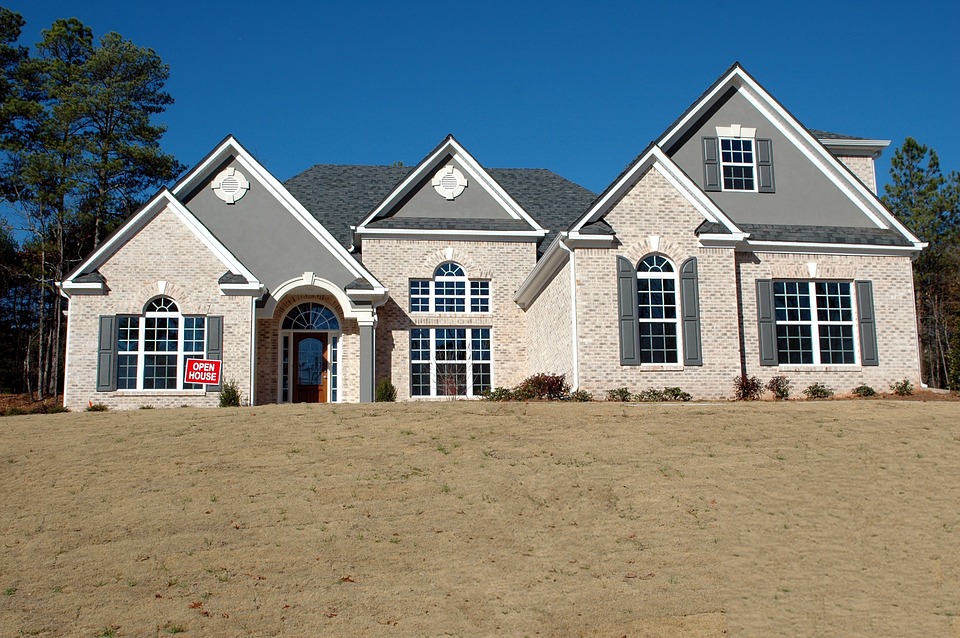First-time homeowners may be intimidated by the process of purchasing a home. It’s not always straightforward to keep track of the stages, the individuals involved, and the resources required to become a homeowner. It’s a good idea to acquaint yourself with the method before plunging in headlong.
Preparing for a Lender and Selecting a Vermont Mortgage Loan
As soon as you’re ready to buy a home, it’s critical to have some basic knowledge to make the process go smoothly. Find a mortgage lender first. Mortgage lenders provide loans. As a mortgage shopper, you have many options. You can go local or online. You can also choose the type of loan you get. Finding the right lender can be difficult if you’ve never bought a home before.
Before looking for a mortgage lender, you should know what type of loan you want. First, decide whether you want an adjustable or fixed-rate mortgage. It would help if you also considered the loan’s duration. The term of the loan determines the interest rate. Pay off the loan as quickly as you can.
If you know how long you want to pay back your loan, you can find a lender who offers it. Once you know what you want, you can start searching.
Pick a Mortgage Option

There are generally three sorts of loans available:
i. Private vs. Government Loans
The great majority of mortgages in the United States are originated by savings organizations, banks, and mortgage lenders. If you make a down payment of less than 20% on the property, the lender is likely to require you to buy mortgage insurance (PMI).
This insurance may be paid in full at closing or rolled into the loan. VA loans do not require mortgage insurance, but they are only available to qualified veterans. Mortgage insurance protects the lender to some extent when a borrower defaults on a loan.
FHA and VA loans are distinct from conventional loans in that the government does not lend the money directly but rather guarantees (or insures) repayment to the lender in the case of default. Because government loans require a lower down payment and usually have a lower interest rate or points, they provide a variety of significant advantages over conventional loans.
Unlike private loans, which are not subject to these limitations, government loans take longer to process, have higher closing costs, and have a lower maximum loan amount. Many government loans also require that the property being bought be in reasonable condition, which precludes the purchase of a “fixer-upper.”
ii. New vs. Assumable Loans
Certain types of loans, such as FHA and VA loans, and some adjustable-rate loans, may be eligible for rollover. This means that a new owner may assume an existing debt under the same terms as the previous one.
In some instances, obtaining a loan may save both money and time. Typically, the buyer pays an assumption fee at closing to cover the lender’s costs for completing the deal.
iii. Variable vs. Fixed Rate Loans
Fixed-rate loans come with a fixed interest that lasts for the loan duration. In other words, your monthly payment will remain constant unless escrowed taxes and insurance premiums vary.
Interest rates and monthly payments on adjustable-rate mortgages (ARMs) can fluctuate over time. These mortgages typically offer lower interest rates, lower monthly payments, and fewer fees and points than fixed-rate mortgages, making them an attractive option for first-time homebuyers, younger couples whose incomes are expected to grow in the future, and individuals who may lack the necessary funds for a down payment and closing costs.
Determine the Lender Type

Having a basic understanding of the different types of lenders is helpful when comparing financiers. First, there are mortgage lenders employed by banks or other organizations responsible for setting the loan terms and the repayment schedule and costs.
“Direct lenders” are also known as “retail lenders.” Instead of going through an intermediary, they directly sell their mortgage products to customers. Loans made by correspondent lenders are originated and funded by them, but they are sold to larger lending institutions as soon as they are completed.
As an intermediary between lenders and customers, mortgage brokers act on behalf of their clients. Commissions are not owned by either the borrower or the lender. Loan brokers can tailor lenders and loan programs to your specific needs. You might be able to negotiate lower interest rates and terms with several different lenders with their help.
Documents Required for a Vermont Mortgage Loan
Keeping track of one’s finances is advantageous. To expedite and streamline the pre-approval process, ensure that you have all of your financial information organized. If your documentation is well-organized and readily available to lenders, you’ll be able to get a loan more quickly. These are some of the most common documents that most financiers will need:
- W-2 forms for the previous two (2) tax years
- A copy of the agreement or contract for the purchase and sale is required. (If you already have a deal in place with the vendors,
- Pay stubs for the last thirty (30) days. If you only have one, that will suffice for the time being.
- The most recent 401(k), IRA, or mutual fund transaction is summarized. If you cannot locate these, provide the lender with an estimate of your non-liquid assets, and they will work with that.
- Photo identification
- Two of the most recent monthly bank statements in their entirety
- Provide the last two years of corporate returns, including K1s, if you are self-employed through a corporation.
- For self-employed borrowers, commission-based salespeople, and landlords, most lenders require federal tax returns for the last two years, including all schedules.
The only thing standing between you and your first home might be the Vermont mortgage loan process, which can be overwhelming if you’ve never purchased a house before. It would be best to have reliable and trustworthy guidance to help you navigate the housing market.
You want a lending institution, like New England Federal Credit Union, that puts a team to work for you. Be sure you have experienced Vermont mortgage loan experts on your side, from application to closing, for peace of mind and assurance that you’re getting the home you love.
Read Also:






















